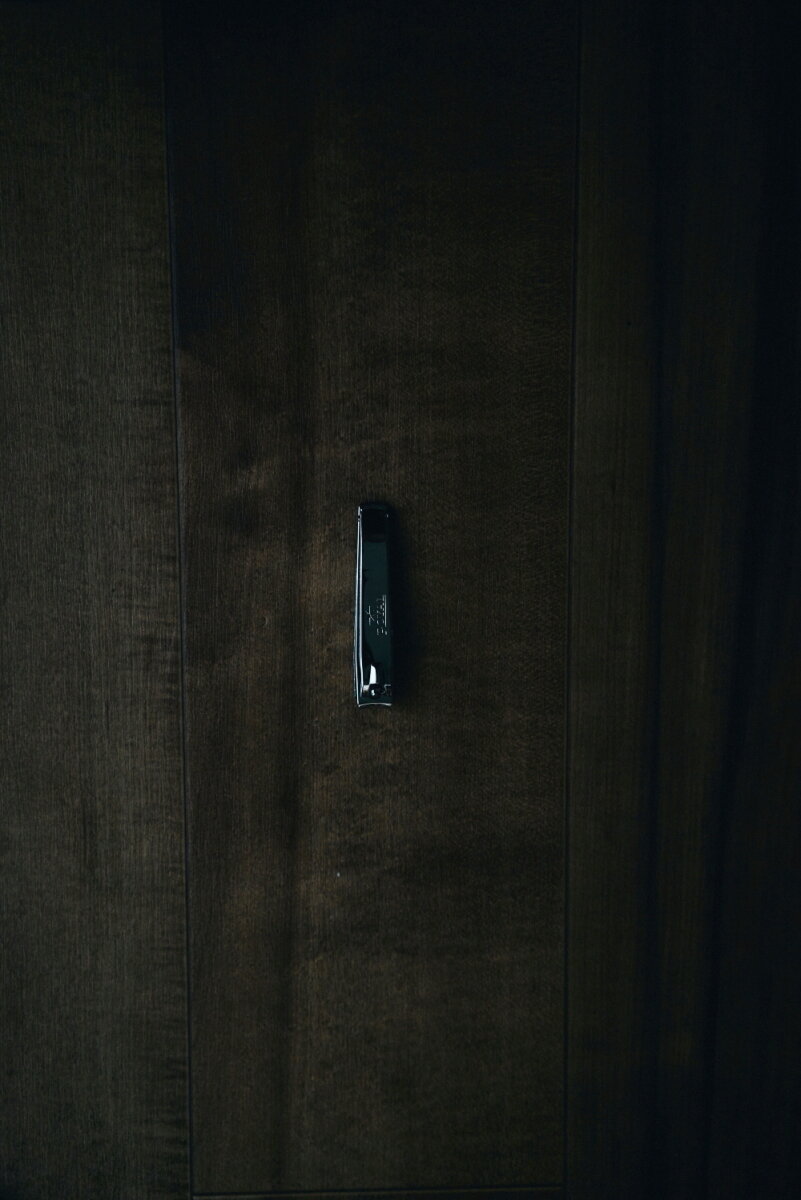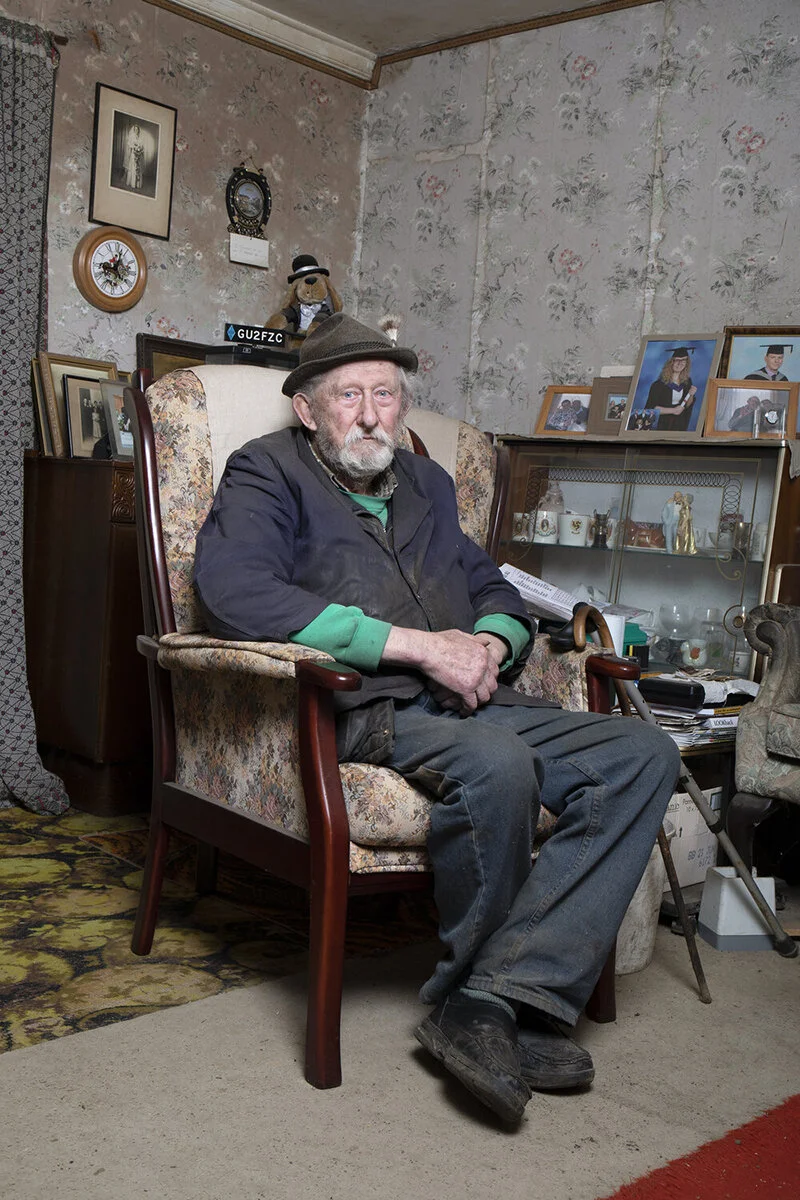Parsellhager is a documentary project looking at the allotment gardens in the city of Oslo and the people that are passionate about city and gardening culture. The series consists of both portraiture, still life images and and landscapes.
I met with both young and older people growing their vegetables amidst urban surroundings. The photographs document the nurtured landscapes and philosophy of what has been called the ‘green lungs’ of the city. It aims to portray the cycle of nature and its transformation, from winter to a more temperate climate. During summer, they dig and plant seeds, during winter they wait until the season begins again.
Giuliana Borrelli (b.1990) is an analogue photographer from Italy. She is a recent graduate of BA Photography at the University of Westminster in London. Giuliana currently works and resides in Oslo, Norway. Her main photographic interests are documentary, where she focuses on social and environmental topics.












































































































































































